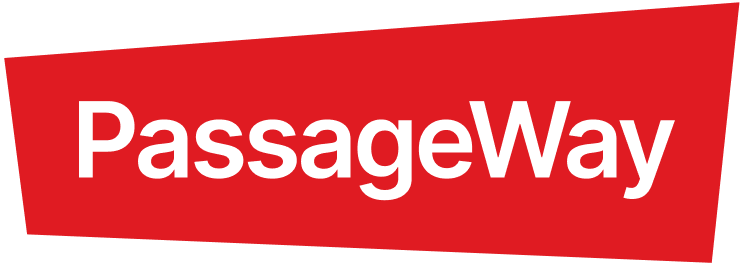Welcome To The Passenger Economy
One of the big tech stories to come out of this years CES, the annual technology event held in Las Vegas, concerned the potential of the Passenger Economy.
The Passenger Economy is defined as a set of industries that commoditise mobility, generating new services to enhance and monetise the experience of being a passenger in the age of autonomous vehicles.
The Passenger Economy according to Intel, is expected to be worth circa $7 trillion by 2050, the lions share of which is attributed to the consumer mobility-as-a-service (MAAS) segment. This makes a lot of sense if one recognises that the average car sits idle for 92% of the time and the taxes governments are likely to place on older cars will increasingly make the decision to switch to MAAS more attractive. Inevitably, there will be a tipping point when urban dwellers will switch en masse to a mix of mobility-on-demand services provided by both commercial and public sector operators. In this context, the Passenger economy relates to how people will spend their time (and money) in vehicles when they no longer need to operate them.
An interesting sub-segment of the Passenger Economy lies with business services, including delivery and distribution services, and how the age of AV will open up a new range of opportunities for innovative businesses. Aside from obvious cost reduction and service improvement for delivery and distribution services. The introduction of AVs means it will be economical to deliver a whole range of new micro-services on-demand via a selection of 'roaming' vehicles that may mix both full automation with partial human involvement. Think perhaps of automated street cleaning, rubbish clearance, libraries, hairdressing, food and booze deliveries, mobile hotels, beauty salons, chemists, clinics and the like.
Whilst Intel values the 'new and emerging apps and services' segment of the Passenger economy at circa $200 billion by 2050 the challenge will be in generating sufficient awareness to drive demand at a local level for operators. The stock answer of people downloading one or more Apps to locate and book doesn't wash. Using MAAS as a benchmark, only 20% of smartphone users have downloaded a MAAS app (let alone used it) plus the use of Apps and the like discriminate against some significant segments of society. Of course, Passenger services will be promoted via AI assistants and associated search technologies but this is likely to give a slanted view to those operators with the deepest marketing budgets.
Digital signage, we believe, has a pivotal role to play in the new Passenger Economy. By providing real-time visibility and booking capability of local 'roaming' services that customers may not be aware of, they will help drive awareness and demand. With both on-street and in-venue totems, places will be able to connect to their local mobility and Passenger Economy services whilst the totem hosts will generate useful referral commission from traffic generated.
Whilst much of the Passenger Economy is futurist, PassageWay showcases how places can connect to real-time local mobility, raising awareness and driving demand for mobility operators like Transport for London (and helping promote sustainable mobility). It is entirely conceivable to envisage a future where totems, kiosks and other connected screens with PassageWay signs display a multitude of MAAS services, supplied by and offered to the local community.
Further Reading:
Intel https://www.intel.com/content/www/us/en/automotive/passenger-economy-report-infographic.html
Harvard Business Review (Paywall) 'The Drone Economy' https://hbr.org/cover-story/2017/05/drones-go-to-work

